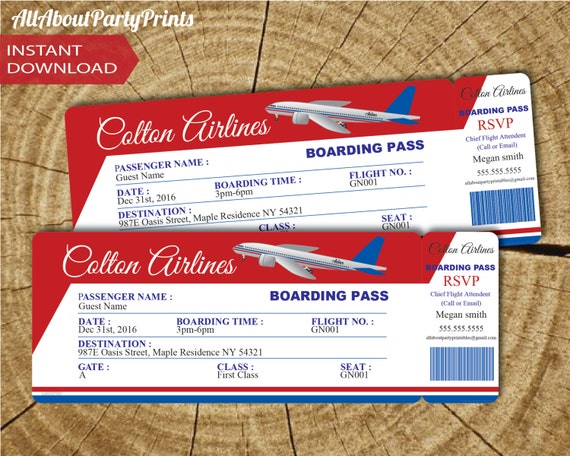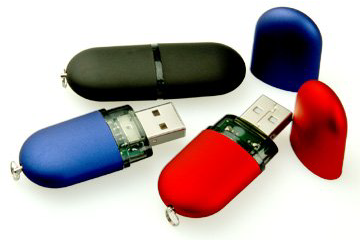How to format Micro SD card, USB flash drive, pen drive, hard drive or SSD. Devices with the Formuler Box and if you install some format App,. Sep 22, 2015 Search the history of over 380 billion web pages on the Internet.
To get started, you will need to connect the USB device that you intend to work with to the computer, so the utility can detect it and display it in its main screen.
The Problems With FAT32 (or Why Microsoft Created NTFS)Microsoft created NTFS to improve on FAT32 in a variety of different ways. To understand why Windows uses NTFS, we have to look at the problems with FAT32 and how NTFS fixed them:. FAT32 only supports individual files up to 4GB in size and volumes up to 2TB in size.
For example, if you had a large video file over 4GB in size, you just couldn’t save it on the FAT32 file system. If you had a 3TB drive, you couldn’t format it as a single FAT32 partition. NTFS has much higher theoretical limits. FAT32 isn’t a journaling file system, which means that file system corruption can happen much more easily.
With NTFS, changes are logged to a “journal” on the drive before they’re actually made. If the computer loses power in the middle of a file being written, the system won’t need a long scandisk operation to recover. FAT32 doesn’t support file permissions. System files can be made read-only so typical programs can’t touch them, users can be prevented from looking at other users’ data, and so on.As we can see, there are very good reasons why Windows uses NTFS for system partitions.
NTFS is more secure, robust, and supports larger file sizes and drives.RELATED: But These Aren’t Problems On Removable DrivesOf course, none of the above reasons are really problems on USB sticks and SD cards. Here’s why:. Your USB stick or SD card will definitely be under 2TB in size, so you don’t need to worry about the upper limit. You may occasionally want to copy a file over 4GB in size to the drive — that’s the one situation where you might want to format the drive as NTFS. Your removable drive doesn’t need journaling like a system drive does. In fact, journaling could just result in additional writes that could reduce the life of the drive’s flash memory.
The device doesn’t need file permissions, either. In fact, these can cause problems when moving removable devices between different machines.
For example, the files might be set to only be accessible by a specific user ID number. This would work fine if the drive stayed inside your computer. However, if this was a removable hard drive that you moved to another computer, anyone with that user ID on the other computer could then access the files. In this case, file permissions don’t really add security — just additional complexity.RELATED:There’s really no reason to use NTFS on USB sticks and SD cards — unless you really need support for files over 4GB in size. In that case, you’ll want to.

Of course, you can now buy hard drives with 3TB or more of storage space. These will probably come formatted as NTFS so they can use the full amount of storage on a single partition.CompatibilityCompatibility is probably the main reason why you probably want to use the FAT32 file system on your USB flash drives or SD cards. While modern versions of Windows back to Windows XP will support NTFS, other devices you use might not be so accommodating. Macs: Mac OS X now has full read support for NTFS drives, but Macs can’t write to NTFS drives by default. This requires additional software or tweaks. Linux: Linux systems now include solid read/write support for NTFS drives, although this didn’t work well for many years.
DVD Players, Smart TVs, Printers, Digital Cameras, Media Players, Smartphones, Anything With a USB Port or SD Card Slot: Here’s where it really starts to get complicated. Many, many devices have USB ports or SD card slots. All these device will be designed to work with FAT32 file systems, so they’ll “just work” and be able to read your files as long as you’re using FAT32.
Format Any Hard Or Flash

Format Any Hard Or Flash.exe
Some devices will work with NTFS, but you can’t count on it — in fact, you should probably assume that most devices can only read FAT32, not NTFS.This is why you really want to use FAT32 on your removable drives, so you can use them with almost any device. There’s not much to be gained from using NTFS on a USB stick, aside from support for files over 4GB in size.While Windows also offers a file system named exFAT, this file system is different and is not as widely supported as FAT32.Ultimately, what you probably want to do is leave the drive formatted with the file system it came with.
Flash Format Tool
That SD card or USB stick probably came formatted with FAT32 — that’s fine, it’s the best file system for it. If you pick up a 3 TB external drive and it came formatted with NTFS, that’s also fine.Image Credit.